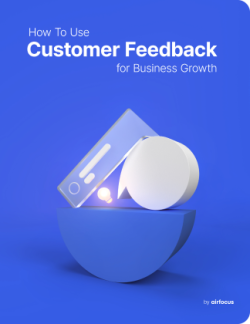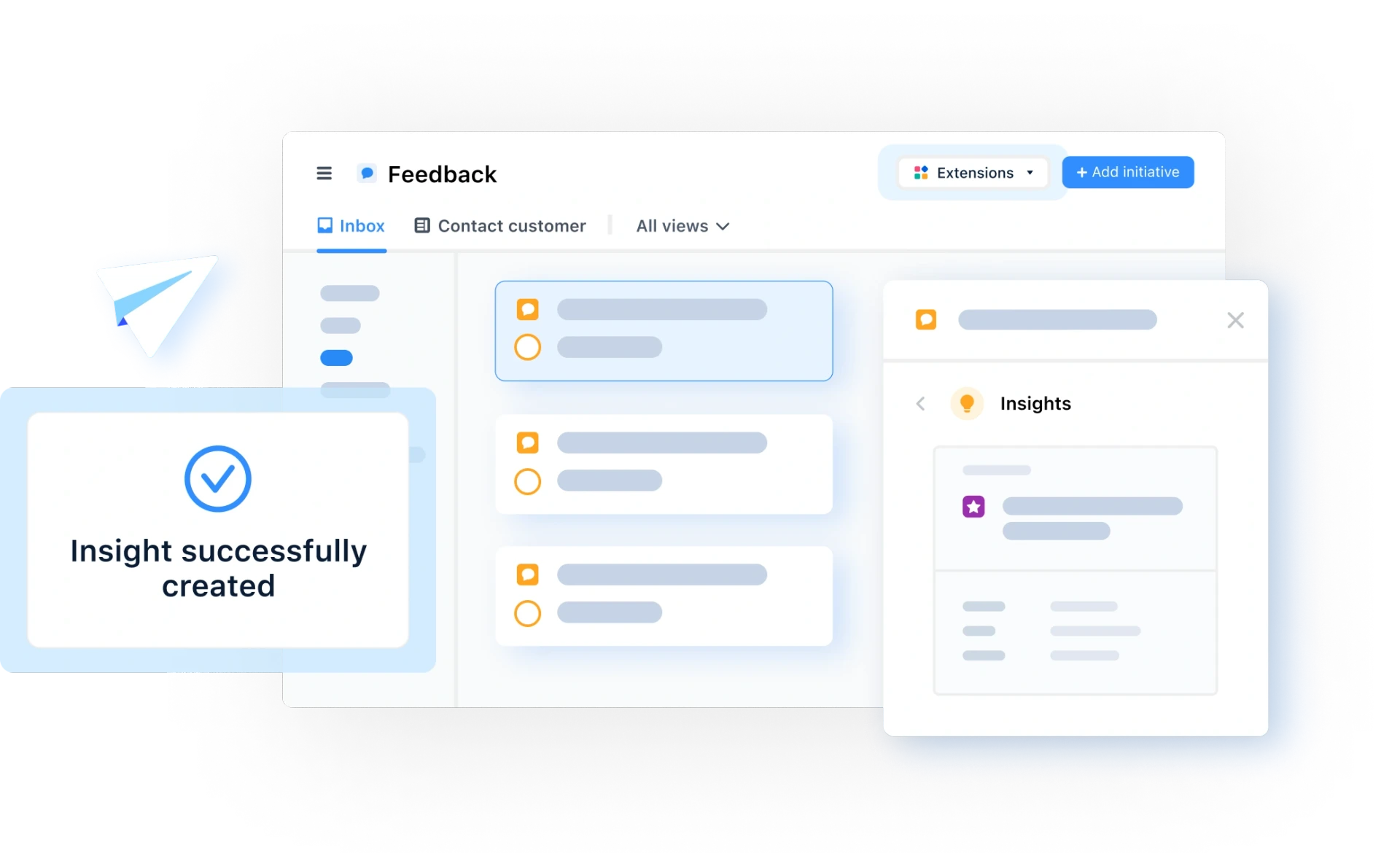Functional Testing
What is functional testing?
Functional testing definition
Functional testing verifies that the entire software system correctly meets the functional requirements that are defined as success parameters. In short: does the product do what it is meant to do?
Functional testing is a largely black-box exercise where outputs are confirmed as correct or identified as incorrect given the inputs provided. There is little attention paid to underlying processes — only to whether the outputs match the requirements.
It’s this clear nature — where inputs and expected outputs result in passed or failed tests — that makes functional testing an ideal use case for automated testing.
Functional testing is most often used to catch bugs or edge cases in a digital product. It is useful to have an independent test team so that assumptions and biases are not passed on.
Functional testing types and examples
Below are 5 types of functional testing types and examples that can be used in product management.
Smoke testing: Makes sure that critical behavior can be completed successfully. i.e. Testers confirm that users can log on to an app and retrieve their details with no failures.
Sanity testing: Makes sure that bug fixes or new functionality react as expected within the system. For example, if search results using a hashtag initially caused the system to return no results, then after the fix is applied testers run multiple unscripted tests on the search with hashtags and similar symbols to check behavior.
Regression testing: Scripted and usually automated, these tests are rerun for every build of a product to ensure new components don't break old functionality. Each time there is a new build, the same test is run to ensure users can still log in and retrieve their details correctly.
API testing: Ensures API hooks, integrations, and security are working correctly within a digital product.
UI Testing: For functional testing, testers confirm that all UI components work as expected, and can be accessed by the user. This is crucial for user-centric product design.
Functional vs non-functional testing vs unit testing
Unit testing is a subset of functional testing. It’s worth defining unit testing separately because of its ongoing nature in development and concentration on white-box testing. Unit testing is performed throughout development to confirm that isolated components are working correctly.
Once all the components are integrated, product teams can move to integration and system testing (two more examples of functional testing types to add to our list above).
The last area of testing is non-functional testing. After verifying that the product fulfills its functional purpose, non-functional testing focuses on more qualitative measures like speed, performance, reliability, and scalability of the system. These tests are completed after functional testing to tell how well the system has met its objectives and decide whether it needs optimization.
During development, unit testing, functional testing, and non-functional testing should all be utilized.
General FAQ

Glossary categories
All product feedback in one place

Experience the new way of doing product management








